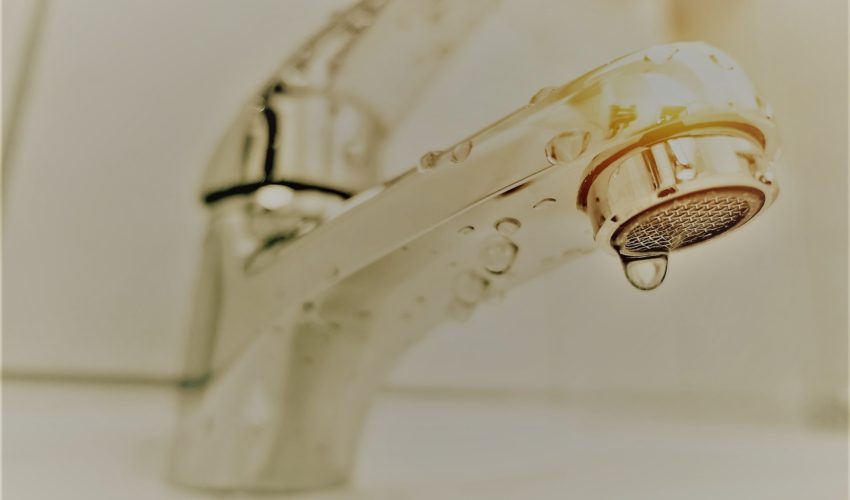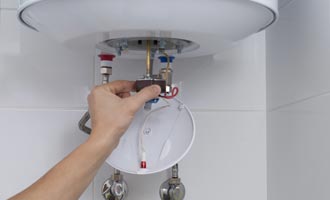What're your opinions regarding 9 Reasons for Low Water Pressure in Your House?

Low water pressure in your home can be a frustrating issue, influencing everything from bathing to washing recipes. If you're experiencing weak water circulation, there are numerous feasible reasons and options to check out. In this guide, we'll review typical factors for low tide pressure and sensible actions to address the problem efficiently.
Intro to Low Water Stress
Low tide pressure occurs when the circulation of water from your taps, showers, and various other fixtures is weak than typical. This can make day-to-day jobs extra tough and much less efficient. Understanding the root causes of low water stress is vital to locating the right solution.
Usual Sources Of Low Water Stress
Faulty Stress Regulators
Pressure regulatory authorities are accountable for maintaining constant water pressure in your house. If they malfunction, it can result in low water pressure or uneven flow throughout the house.
Municipal Water Supply Issues
Sometimes, the issue exists outside your home. Metropolitan water problems, such as main line leaks or maintenance job, can momentarily minimize water pressure in your area.
Pipe Obstructions
Gradually, pipes can become clogged with natural resource, debris, or particles, restricting the circulation of water. This is an usual problem in older homes with galvanized steel pipelines.
Corrosion
Deterioration within pipelines can bring about leakages and lowered water pressure. Corrosion build-up can constrict water circulation, especially in aging plumbing systems.
Exactly How to Identify Low Tide Stress
Checking Pipes
Examine visible pipes for indications of leaks, corrosion, or blockages. Take note of any type of uncommon noises, such as banging or rattling pipes, which can indicate issues within the plumbing system.
Consulting with a Plumber
If you're incapable to determine the root cause of low water stress, think about employing a professional plumber to carry out an extensive inspection. They can recognize underlying concerns and suggest appropriate options.
Examining Faucets and Fixtures
Start by checking the water stress at various faucets and components throughout your home. If the problem is separated to certain locations, it may suggest localized troubles.
Do It Yourself Solutions to Fix Low Tide Pressure
Flushing Hot Water Heater
Debris build-up in the water heater can restrict flow and lower effectiveness. Flushing the tank occasionally aids remove sediment and keep ideal performance.
Examining Pressure Regulator
Guarantee that the stress regulatory authority is functioning appropriately. Changing or changing the regulatory authority can help restore correct water stress throughout your home.
Cleansing Aerators and Showerheads
Natural resources can collect in aerators and showerheads, lowering water flow. Get rid of and clean up these elements consistently to boost water pressure.
Clearing Clogs in Water Lines
For small clogs, attempt making use of a plumbing serpent or chemical drain cleaner to clear blockages in pipes. Beware when utilizing chemicals and adhere to security guidelines.
When to Call a Professional Plumber
If do it yourself initiatives stop working to solve the concern or if you believe significant plumbing problems, it's finest to seek assistance from a licensed plumber. They have the expertise and devices to address complex problems safely and efficiently.
Preventive Measures to Keep Water Stress
Setting Up a Stress Booster
Think about setting up a stress booster pump to improve water pressure in locations with consistently low circulation. This can be especially beneficial for multi-story homes or residential or commercial properties with high-demand fixtures.
Monitoring Water Usage
Bear in mind water usage routines and avoid overtaxing the plumbing system. Straightforward modifications, such as shocking showers and laundry loads, can assist preserve appropriate water stress.
Normal Upkeep
Set up regular upkeep for your plumbing system to avoid issues such as corrosion, leakages, and clogs. Addressing minor troubles early can aid stay clear of more substantial repairs later on.
Final thought
Managing low water stress can be irritating, but recognizing the underlying causes and applying suitable services can restore optimum flow throughout your home. Whether it's cleansing aerators, evaluating pipelines, or seeking advice from a plumber, taking proactive steps can ensure a constant supply of water for your daily requirements.
FOUR WAYS TO FIX LOW WATER PRESSURE NOW
Turning on a shower or faucet only to find the water comes out in a sad, slow drizzle is never a good feeling. How exactly are you supposed to wash a pan or take a quick shower when it takes 10 minutes just to rinse off a little soap? The good news is that when your water pressure is bad, there's always a cause: typically one that can be easily fixed. Here are some of the most common causes of low pressure and what you can do to fix the issue:
DEBRIS AND MINERAL DEPOSIT BUILDUPS
If you notice low water pressure from just one or two of the fixtures in your house, the problem likely has to do with debris buildup. Water is full of minerals and other debris, all of which can accumulate in your pipes and on your fixtures. This can cause a blockage that affects how much water flows through. To fix this, try filling a small plastic bag with white vinegar, and use a rubber band to hang it around your showerhead or faucet. Let the head of the fixture soak for a few hours, and the vinegar should loosen the deposits.
WATER LEAKS
Leaks are another common cause of low water pressure. If water is flowing out of your plumbing through a hole or crack before it can reach your fixture, the pressure coming out of the faucet or showerhead will be lower. A plumbing professional is your best bet for finding and repairing a leak in your water supply pipes.
Leaks are another common cause of low water pressure. If water is flowing out of your plumbing through a hole or crack before it can reach your fixture, the pressure coming out of the faucet or showerhead will be lower. A plumbing professional is your best bet for finding and repairing a leak in your water supply pipes.
A VALVE ISSUE
If you have low water pressure throughout your home, check your main shut-off valve to make sure it's completely open. You may also want to see if there's a pressure-reducing valve installed. If there is, have a plumber help you adjust the settings to get the pressure you're looking for.
OTHERS USING WATER
Believe it or not, your low water pressure could be caused by your neighbors. If you notice low pressure at certain times of day, it may be because you and the people living next to you have similar schedules - when everyone is showering at the same time, the pressure will be lower in every home. Low pressure throughout the neighborhood may also be caused by an issue with your municipal water supply. If that's the case, call the supplier to see if they're working on the issue.
https://www.rotorooter.com/blog/water-leaking/low-water-pressure-fixes/

Do you enjoy more info about Dealing with Low Water Pressure in Your Home? Leave a review directly below. We'd be glad to listen to your responses about this blog entry. In hopes that you come back again in the near future. Appreciated our posting? Please quickly share it. Let others find it. We treasure your readership.
Website